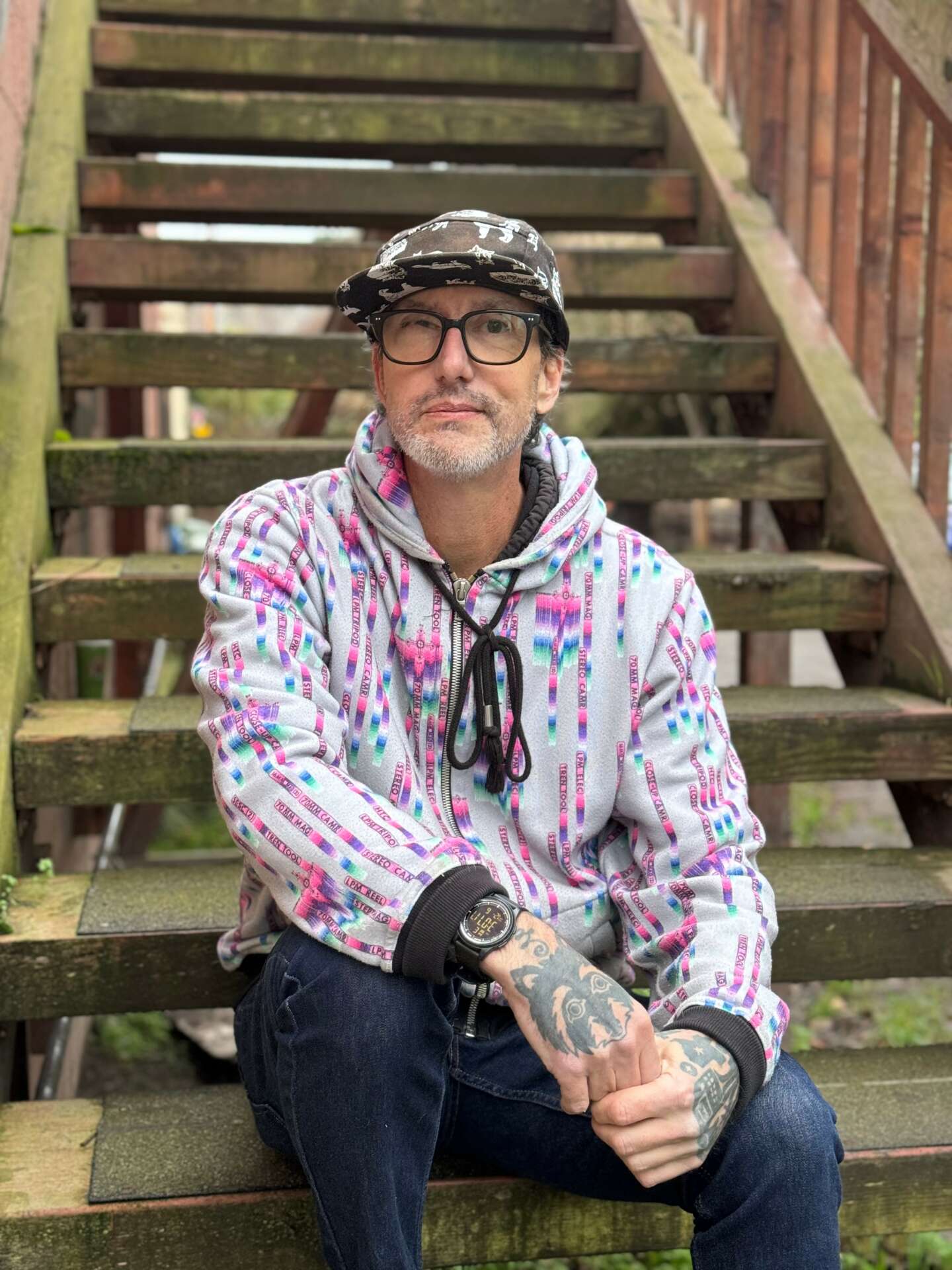We’re excited to introduce you to the always interesting and insightful Burl Norville . We hope you’ll enjoy our conversation with Burl below.
Burl , thanks for taking the time to share your stories with us today Learning the craft is often a unique journey from every creative – we’d love to hear about your journey and if knowing what you know now, you would have done anything differently to speed up the learning process.
I grew up around creating – around crafting and projects. I also often drew and doodled and sometimes painted growing up, so art has always been close by and familiar. Although no one in my family was a musician, my parents loved music, and I gravitated towards music as well and eventually taught myself guitar. I loved banging out chords and writing songs and this lead to playing in bands and being involved with the music scene in Houston, Texas in the 90’s. Music was what I most identified with as an artist.
Lengthy, very difficult story made short, I lost my hearing around 30 years of age (I am 51 now), so as a response to no longer having music as a creative outlet I slowly made the full transition to visual art as my means of expression. I have worked hard at it since, and I do sometimes wish I would have started taking visual art more seriously at a younger age, but I am glad that I focused on music fully when I did – knowing now that my relationship with it was cut short and that those years with it were more precious than I could have ever imagined at the time.
The most essential thing as an artists seems to be to just work. Get a schedule and stick to it, make sure you are in the studio working and protect those hours because that is how you advance, how you weed out what doesn’t work for you. You have to make the mistakes, practice making the decisions to find your voice and your strengths,
The biggest obstacle these days it seems is the speed of our lives and the distractions available to us. The internet and our smart phones can be great tools but can also be the arch nemesis of our attention spans.
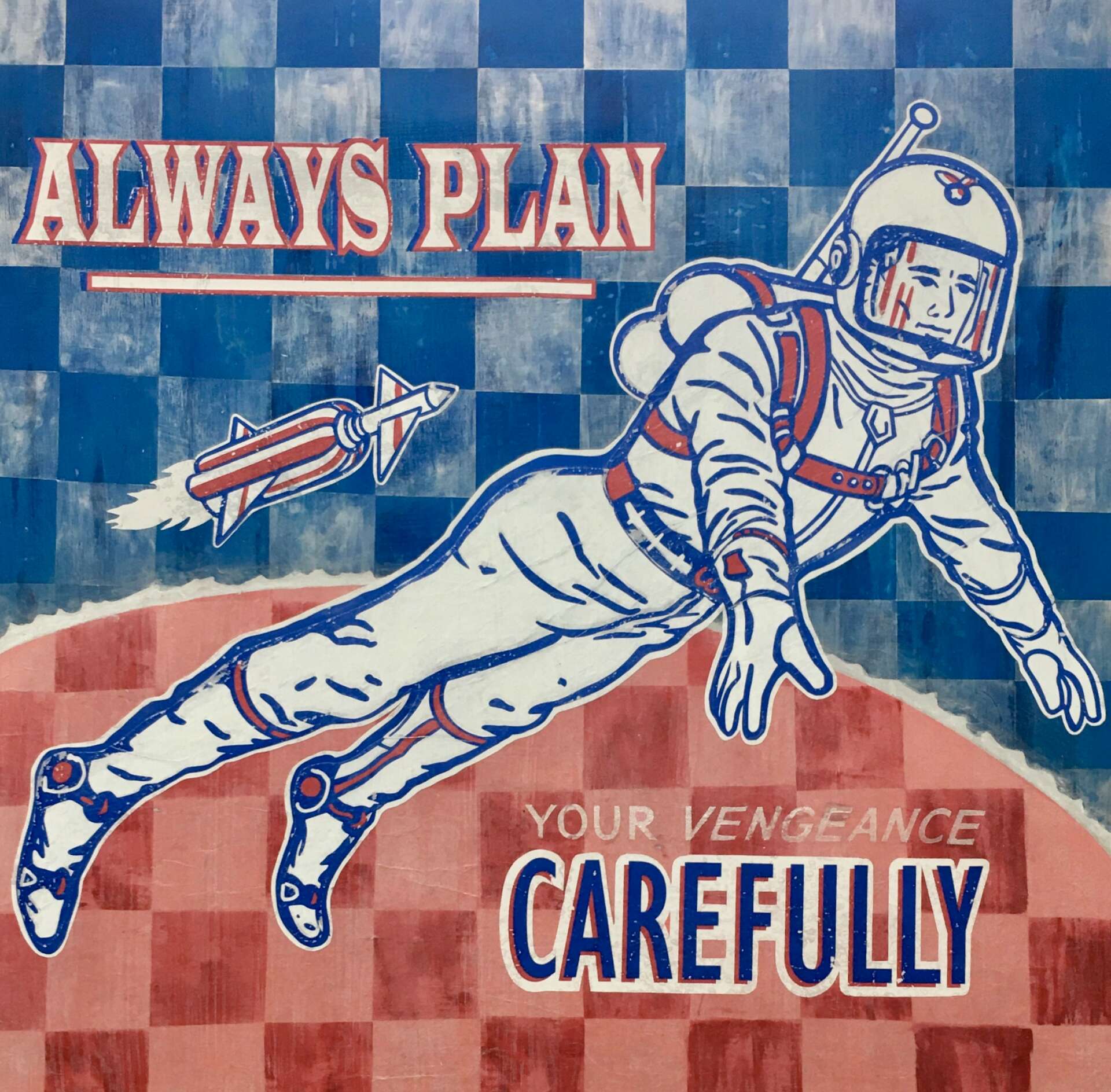
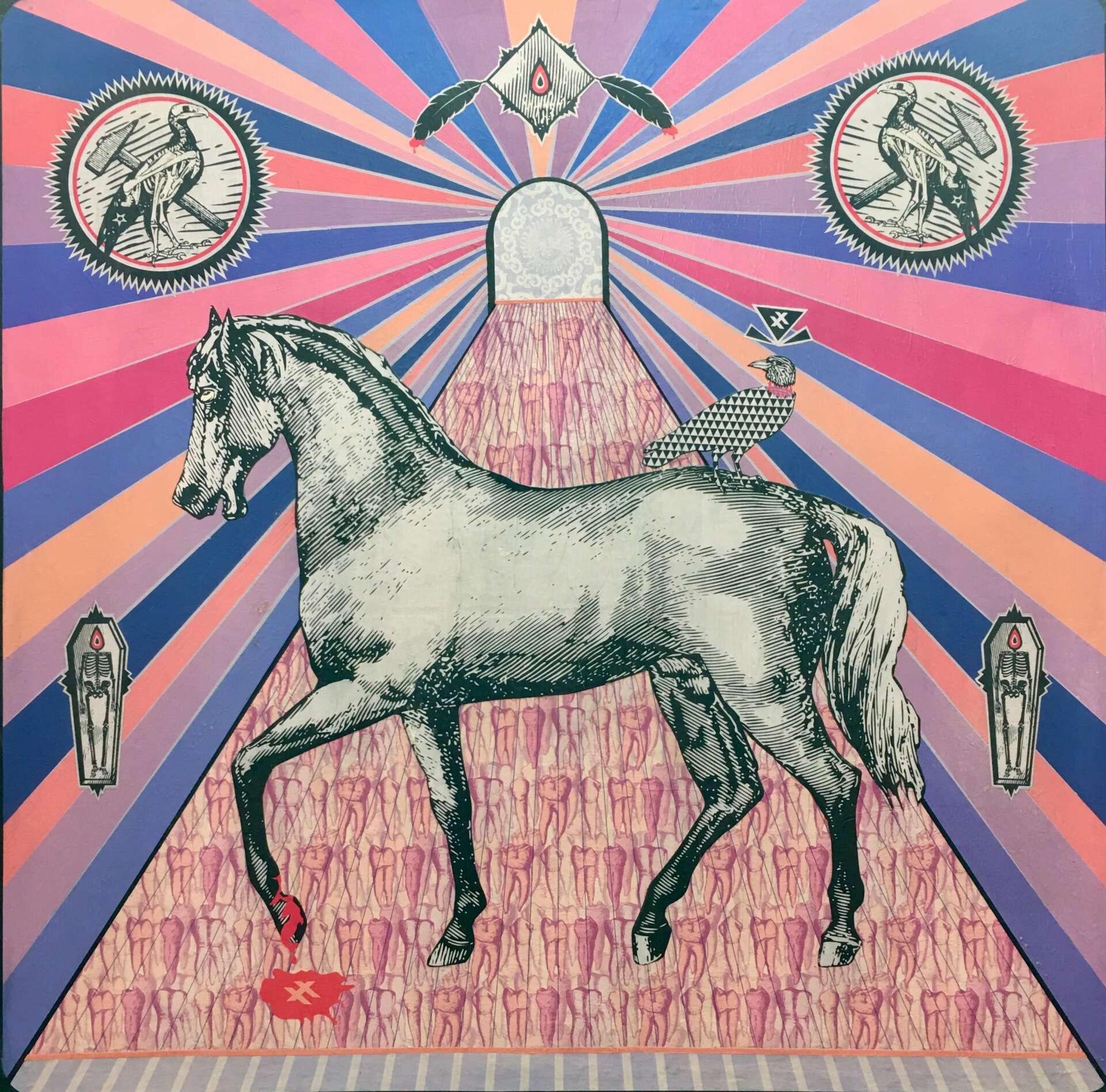
Burl , before we move on to more of these sorts of questions, can you take some time to bring our readers up to speed on you and what you do?
It has been a strange journey to get to where I am, and I feel like half of my life has been spent grieving the death of parts of myself. I was diagnosed, in 1997, with bilateral brain tumors on my balance nerves. My first brain surgery was in 1998 and took half a day to complete. They removed a tumor over 6 cm in diameter on my right side. and the brain surgery left me with permanent right-sided facial paralysis, having to relearn balancing through sight and feeling, and loss of coordination on my right, and dominant side. I woke up to a life that had changed profoundly and, even 25 years later, am still transitioning and dealing with consequences from that first surgery. As an example, just a few weeks ago I had to have my right eye sewn permanently half shut because of a deep gash in my cornea that wouldn’t heal and was taking my vision quickly. I have not been able to blink my right eye naturally since that first whopping brain surgery, and my vision in that eye, which was good at the time, had deteriorated to 20\400. This recent procedure, I am happy to say, has saved my vision (at least for now) and has even greatly improved it to 20\60 just a few weeks after. Whew. This is a huge gift to a deaf person, and especially to a deaf visual artist, so I am extremal grateful for that and it makes sporting the “Popeye” look from now on worth it. The tumors and brain surgeries to deal with them ended up taking my hearing fully. My situation has been an extreme test of my attitude and perception. It has been a test of perseverance, and there have been many high’s and some deep lows, and it continues to cycle like that. It’s been emotionally exhausting at times but I think I’ve learned a lot from this and it has definitely made me humble and appreciative of what I can do. I feel my process with visual art, because I had to learn how to paint and draw with my left hand, was a little slower than it would have been if I didn’t lose the drawings skills already in place via my right hand. I think this is why I slowly gravitated towards using mixed media, to allowing myself to use whatever skills I had to in order to get the job done. I worked for over 20 years creating logos, and realized that is a lot of time working in a particular discipline so I decided I should take advantage of it and use my digital art to create hybrid hand-painted/stencil/digital work. That seems to be where I am at now, but am open to transitioning as things show themselves too. I think that it is important as an artist, to push it and try new things but carry with you the things that work too.
I don’t consider myself an exceptional person, or even an an exceptional artist, I am just a person doing the best he can with a weird and challenging set of circumstances. If there is anything I can say I am proud of though it would be to have let the self destructive behaviors, which I carried from my youth and applied to my initial response to dealing with my physical challenges, fall by the wayside. I have since used things such as meditation and art as my way to take care of myself.
I am very grateful to the PNW communities, as they have proven to be very supportive of the arts, and I have had some wonderful opportunities here that I hope continue. I feel I am just scratching the surface and plan on committing fully to visual art the rest of my life to see where it leads.

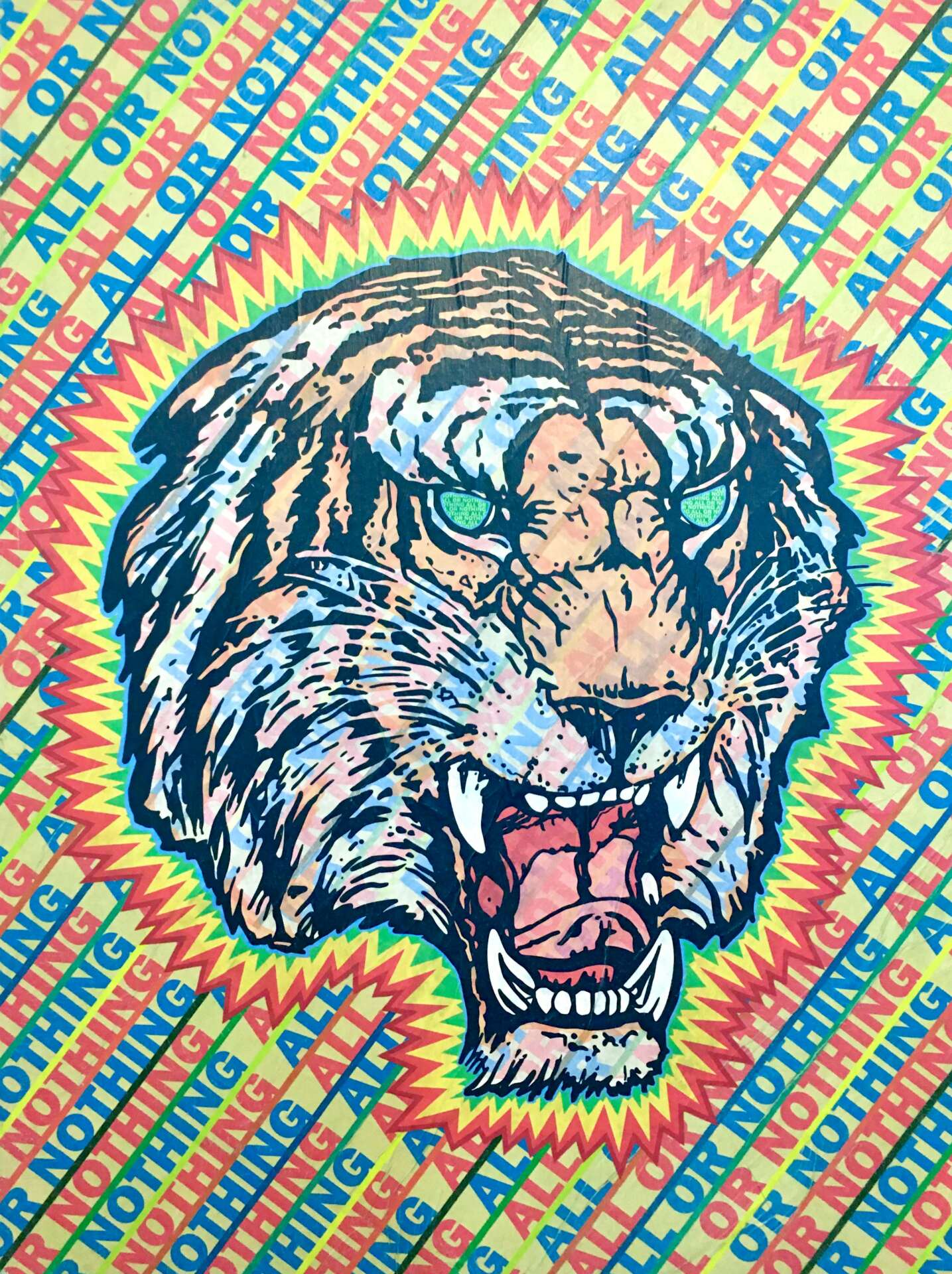
Is there a particular goal or mission driving your creative journey?
My goal in art is deeply personal, as I want to continue to learn how to not censor myself as an artist, how to be honest both in style and theme… to let it rip. I want to succeed and share my art, support myself with it, but I find it hard to handle the administrative part of it – the two seem to clash in my mind. I have a lot of enthusiasm and energy to spend in the studio but I grapple with the nuts and bolts of it being a service and generating sales. This is something I plan to try to balance more in the next year, both through doing things myself and linking up with people that can help on the business side.
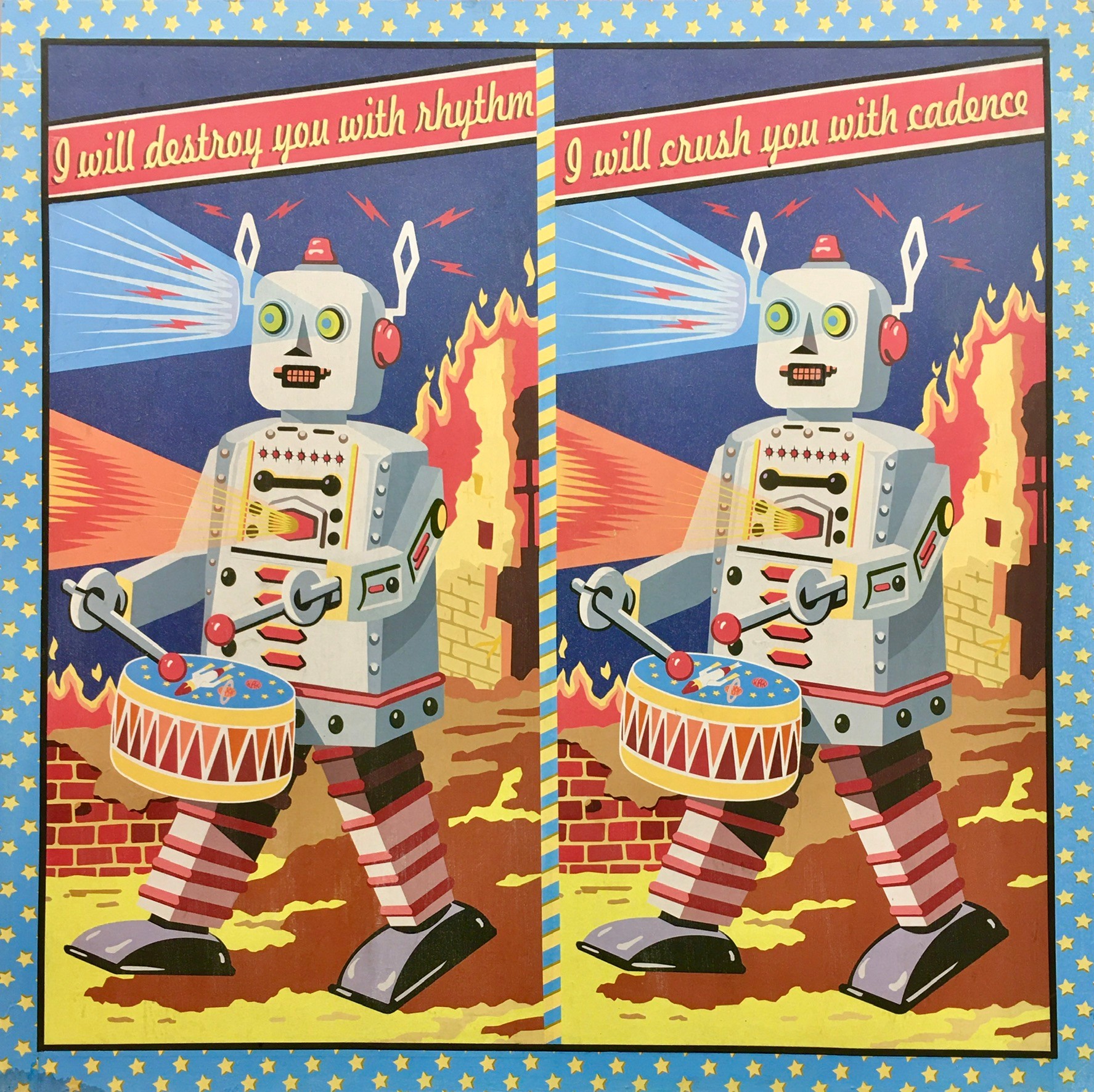
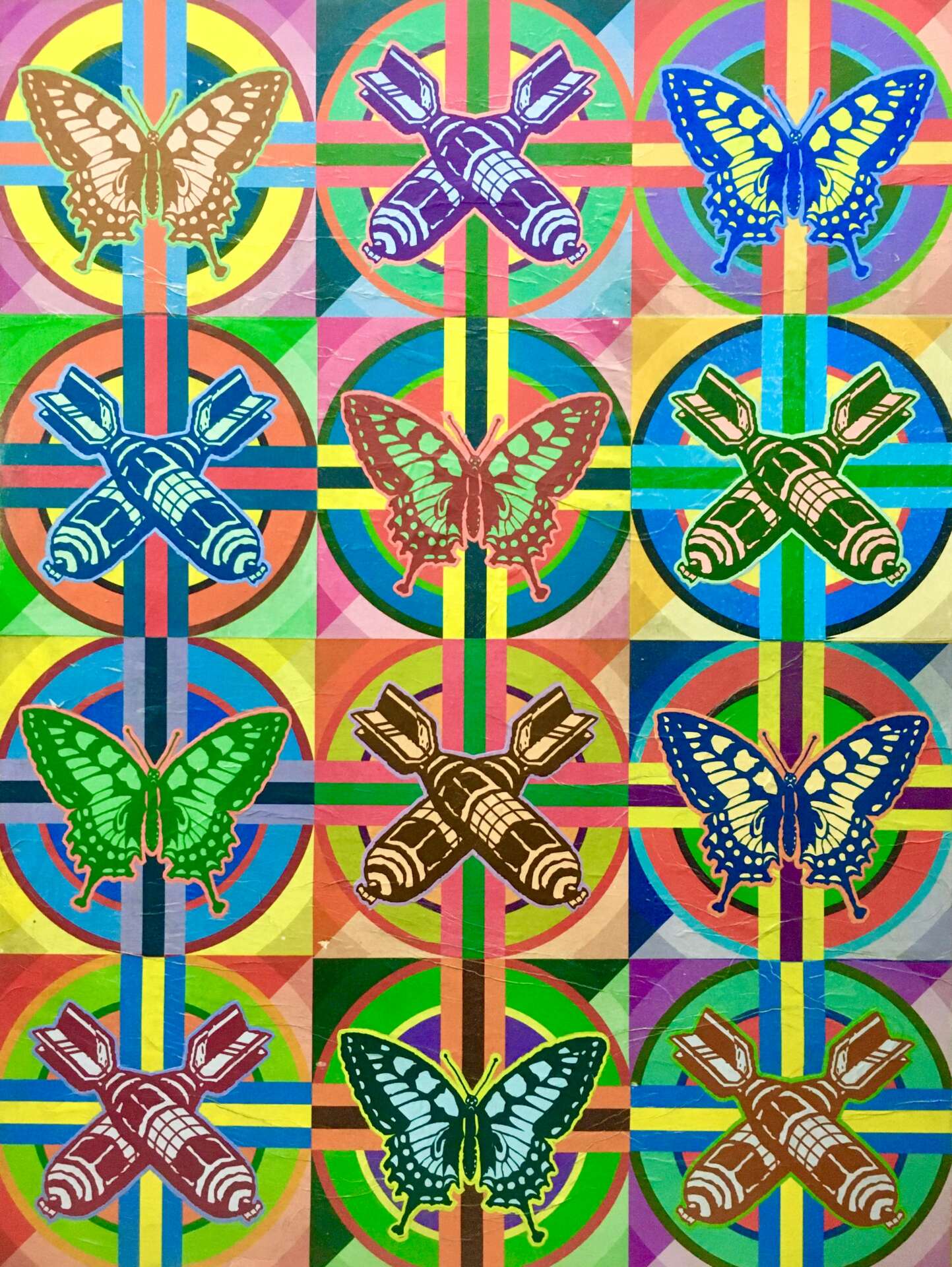
What do you find most rewarding about being a creative?
The process of creating is, by far, the most rewarding place as an artist. I am happiest when I am working on a piece. To be in the middle of it and deciding how to proceed, how to respond, is magic. When I finish a work, I do enjoy taking what I can from it and learning because each piece is a stepping stone on the journey. Whether that particular stone ends up on a gallery wall or in your studio’s trash bin is a lesson either way. Although I learn what I can from it, I can’t really enjoy my own work once it is finished. I do very much enjoy sharing it with others though and getting their perspective. That is why I tend to leave a lot of space for interpretation in my art, to kind of meet the viewer half-way and let them decide the rest is exciting for me. When I have a show, I often do not give the meaning behind all of my work but like to ask what others see. When a person brings an interpretation of a work that I had never thought of it makes me happy, as I feel it gives the work a broader spectrum, a bigger life. I really enjoy this as an artist. I enjoy having a conversation with viewers if I can instigate one, not just making them sit through my lecture.
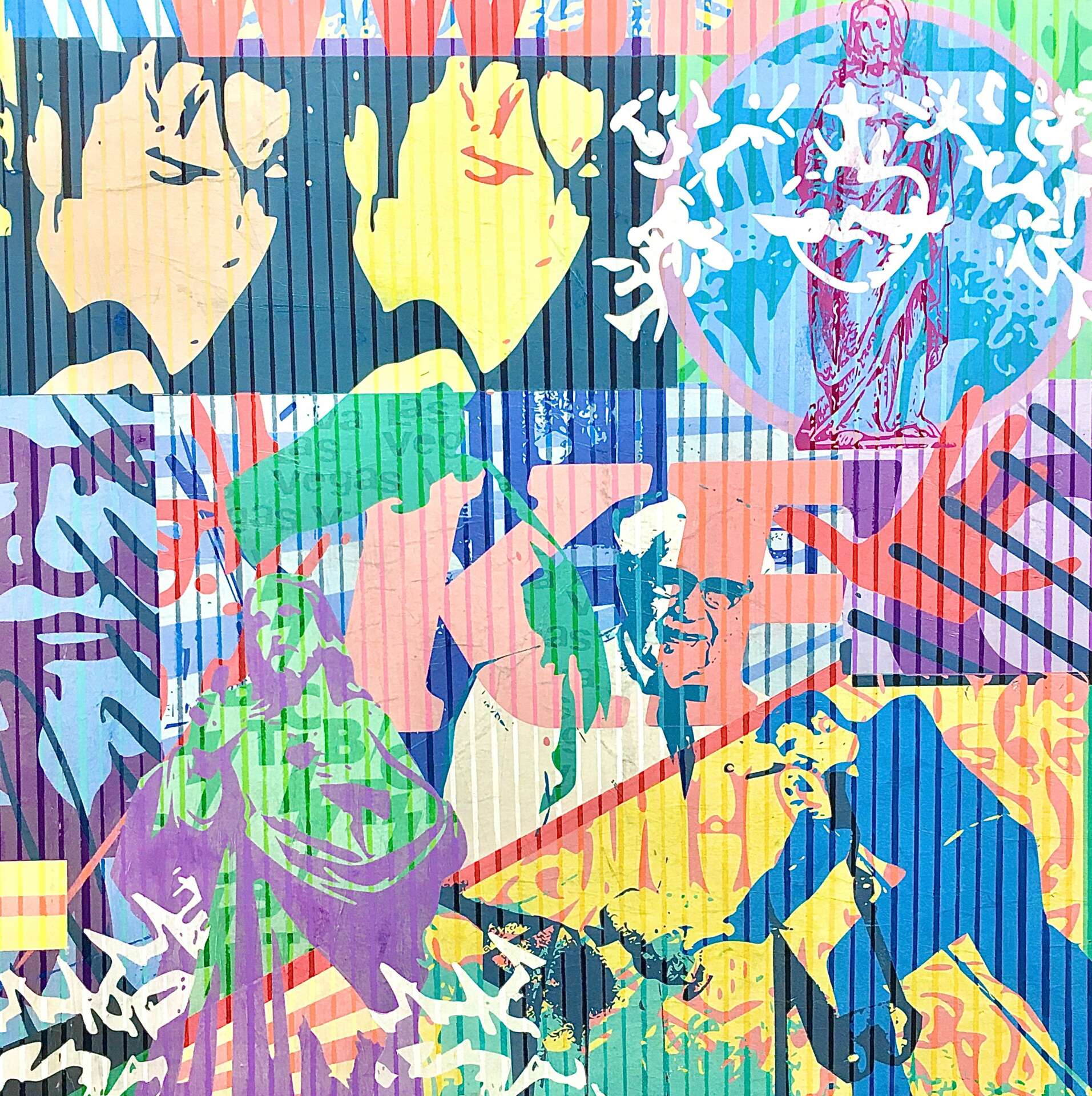
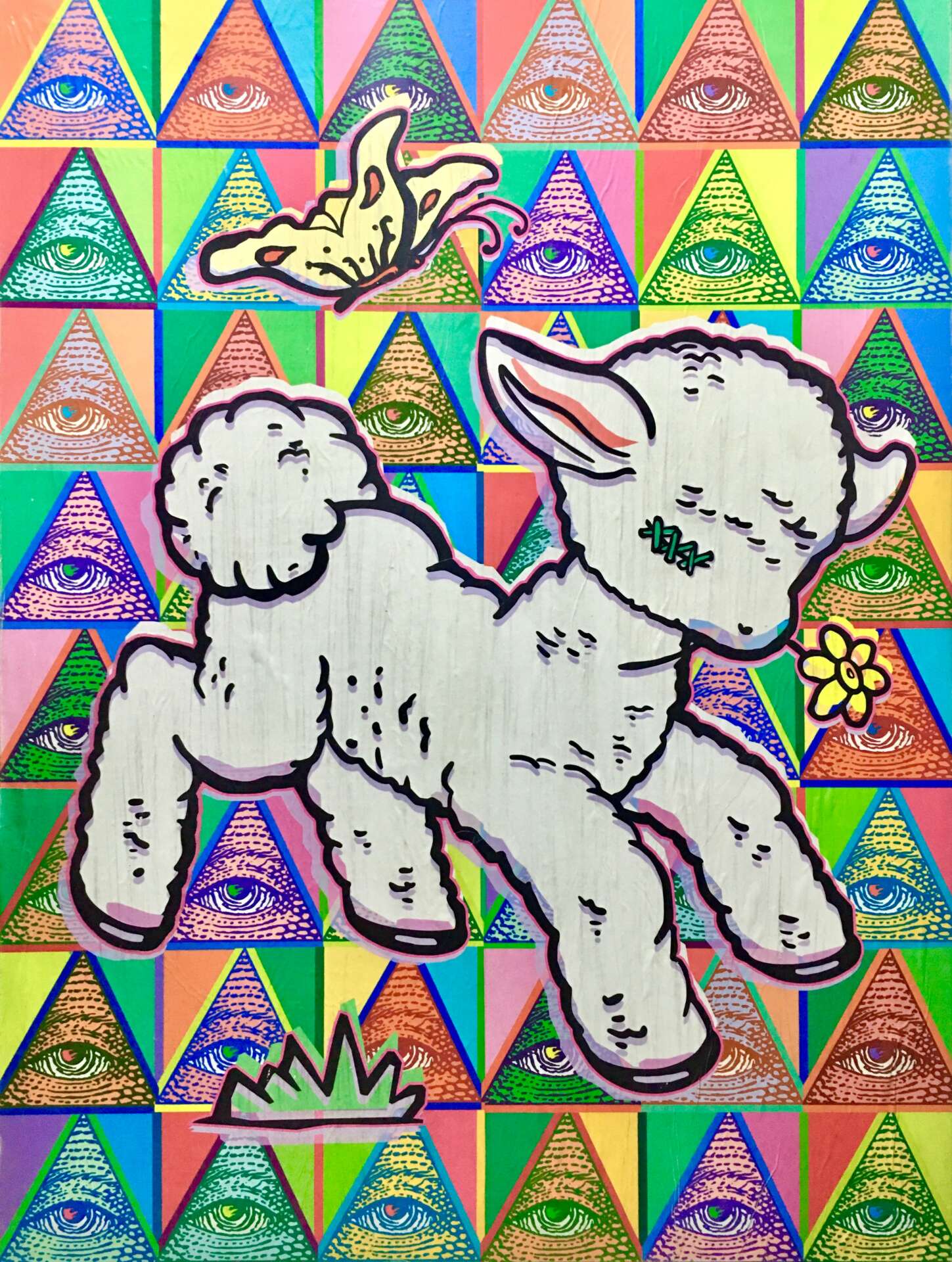
Contact Info:
- Website: www.burlnorville.com
- Instagram: #burl.norville.art
- Other: Short Documentary film by Jonah Sublette about me that was a recent selection of Austin Film Festival: Vimeo link: https://vimeo.com/830649858
Image Credits
Portrait photo by Etta Jessica


